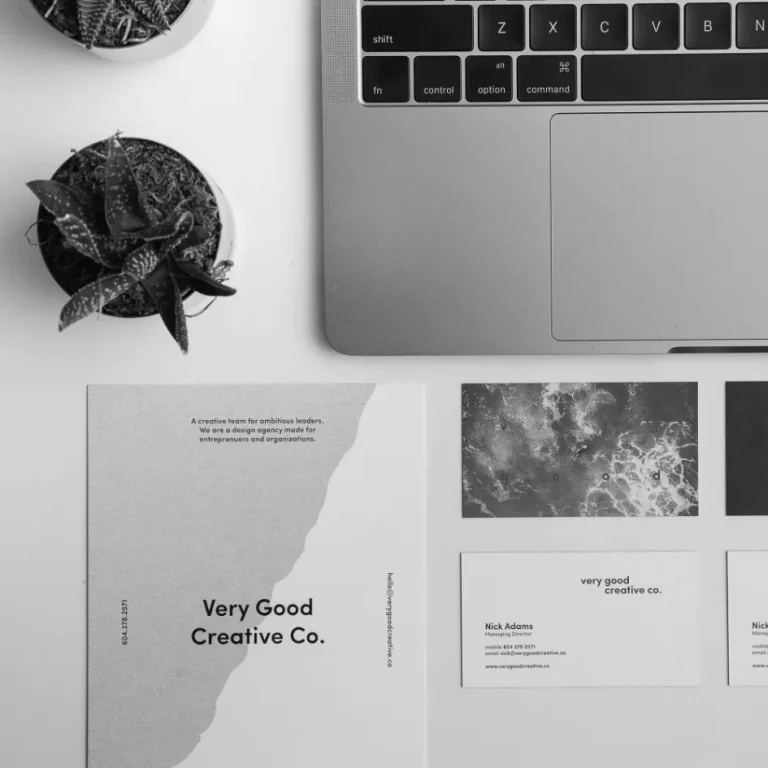my projects

DesignPulse: How We’re Stopping the “Guess & Weave” Cycle
If you’ve ever tried to pick a restaurant for a group of friends, you know the pain of guessing what everyone wants. Now imagine that instead of dinner, you’re deciding what hundreds of artisans should spend months hand-weaving. If you guess wrong, you’re stuck with two problems:
Beautiful baskets nobody buys.
A waitlist of customers begging for the other design you didn’t make enough of.
That’s exactly what The Basket Room (TBR) faces. Our products take 3–6 months to make, so we have to commit to a design long before they know if people actually want it. The result?
Dead stock that wastes artisan talent.
Missed sales from stockouts
Enter: DesignPulse
Think of DesignPulse as a crystal ball for product demand – only instead of mystical visions, we use real data from real customers. The idea is simple:
Don’t just ask customers if they like a design… ask them to pay for it before it’s made.
If people click “Reserve Now” and whip out their wallets, we know it’s a winner. If not, we save everyone the trouble (and the sisal).
Why We Started Small (and Smart)
Like any good MVP (Minimum Viable Product), we wanted the biggest insights for the smallest build. So I broke the whole concept into “user stories” — tiny slices of value a customer or team member gets.
The clear winner? US003: The ‘Reserve Now’ Button.
Value/Complexity Score: 5.0 (that’s nerd-speak for “huge payoff, low effort”).
Core Hypothesis Test: Will customers commit real money now?
Build Effort: A pretty product page → Shopify link → UTM tracking. Done.
The MVP Experience
Here’s what we built for our first test:
Landing Page: Watermelon Tote front and center, with voting and a big shiny “Reserve Now” button.
Redirect & Checkout: A loading screen takes you to TBR’s Shopify page, ready for purchase.
Analytics Overlay: Real-time data showing pre-order clicks, click-through rate (CTR), and traffic source.
What This Means
If customers keep showing up with their wallets out, DesignPulse can:
Cut dead stock by 25% year-over-year.
Match production to actual demand (more happy customers, more revenue).
Give artisans a predictable, sustainable workflow.
And the best part? We get all of this without building a single new payment system.

